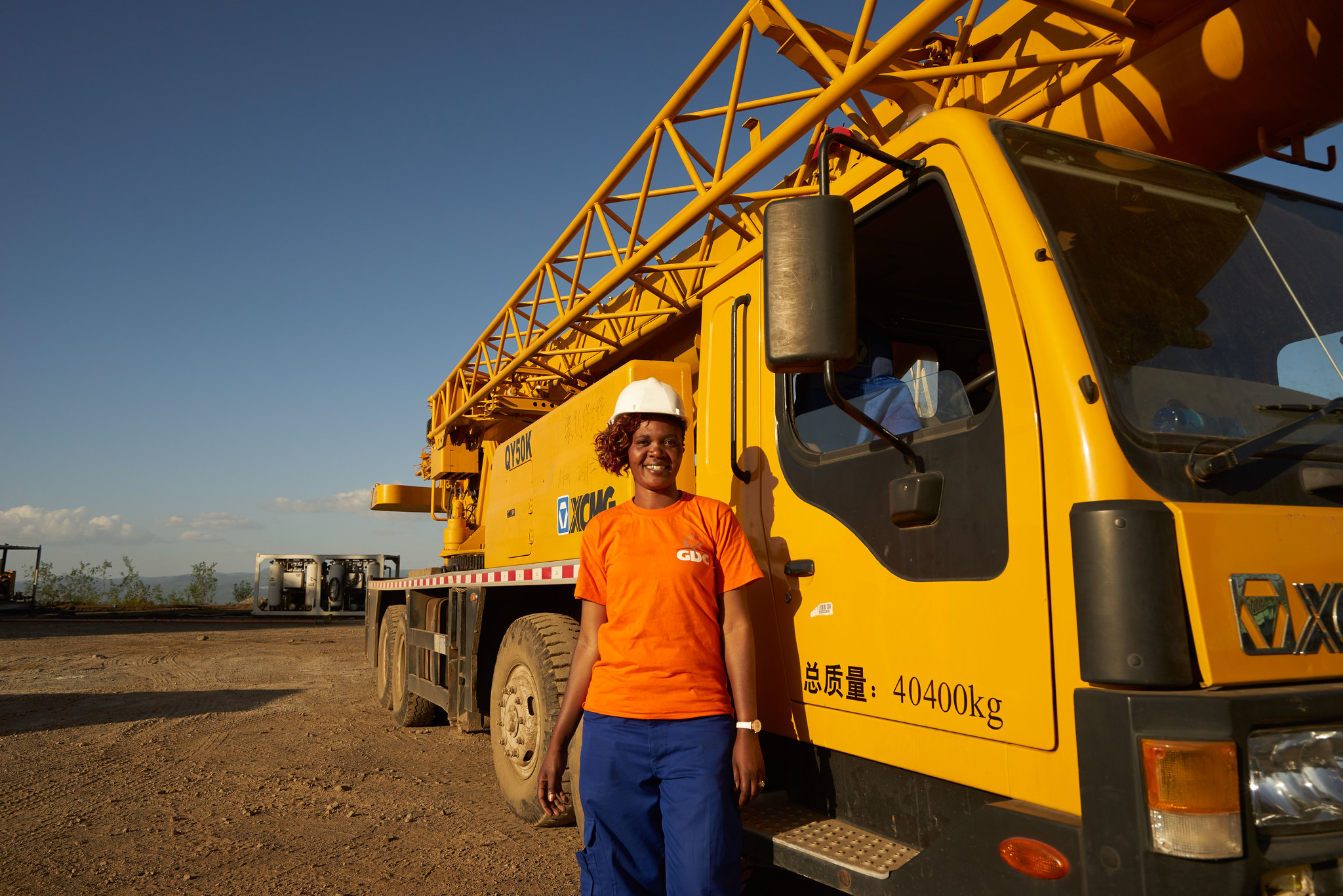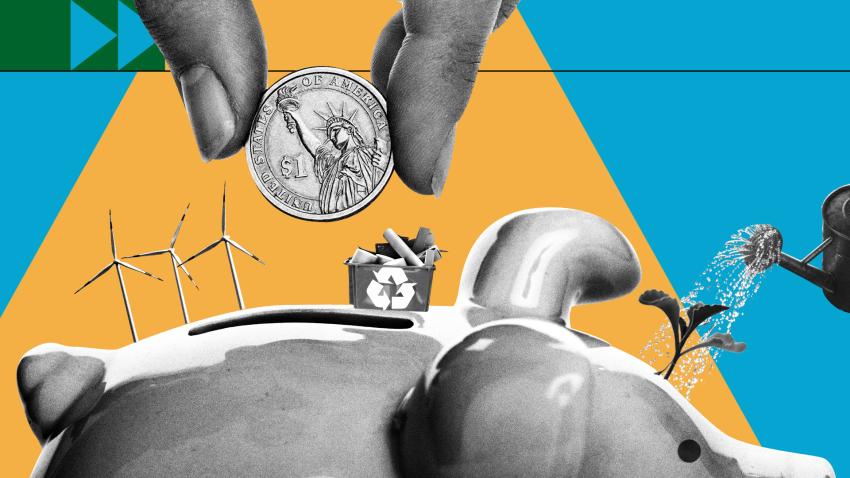In the end, it’s simple. Without investing in the right places, the world will not achieve its climate goals. It will shoot past a global temperature rise of 1.5 degrees Celsius, leading to increased climate impacts that will threaten the health, jobs and well-being of people everywhere.
Climate action requires significant financial investments, such as in new energy systems and infrastructure that can withstand climate change impacts. But climate inaction is vastly more expensive.
All countries need to reduce their emissions and adapt to climate change. But many developing countries lack the resources and the technology to do so. That’s why all countries agreed that industrialized nations with money and technological know-how must step up and increase their financial support for climate action in developing countries, particularly the poorest and most vulnerable. International cooperation is essential for tackling climate change.
Just the basics: What is climate finance?
Climate finance helps countries reduce greenhouse gas emissions such as by funding renewable power like wind or solar. It also helps communities adapt to climate change impacts. Introducing climate resilient seeds, for instance, means farmers, despite droughts and other extreme weather, keep producing food and earning income.
Public finance provided through governments (and by taxpayers) is essential to finance action where private finance is not yet available or that would not normally attract private finance. Public finance is often used for investments that contribute to a public good, such as by reinforcing the banks of a river so it does not flood neighbouring communities. Sometimes, public finance encourages private finance from businesses by “nudging” firms to enter and create markets for new products, like building supplies made of recycled materials.
Private finance also has an important role. In addition to investments in projects vital to the new green economy, such as renewable power plants or electric cars, private finance needs to be aligned with climate goals. This means that an investor such as a pension fund would choose, for instance, to purchase stock in companies producing clean renewable energy instead of carbon-intensive fossil fuels.
Since we have a lot to do on climate and a short time to do it, we have to start now by keeping past promises. In the Paris Agreement, wealthier countries committed to providing developing countries with at least $100 billion a year by 2020 for climate mitigation and adaptation. They also agreed to significantly increase adaptation finance. While progress has been made on both goals, it still falls short. Not realizing these commitments before the Glasgow climate talks at the end of 2021 could seriously undercut global momentum on climate with consequences for everyone. For a longer overview, see our Financing Climate Action page.
Show me the value…
Does climate finance make a difference? A growing body of experience and evidence says yes. Here’s just a few examples.
Nepal, a less developed country, has drawn on international finance to improve disaster preparedness, scale-up climate smart agriculture, pioneer ecosystem-based solutions through community forest restoration and set goals for carbon-neutral tourist destinations by 2030. It’s also been internationally recognized for better managing resources to finance climate action.
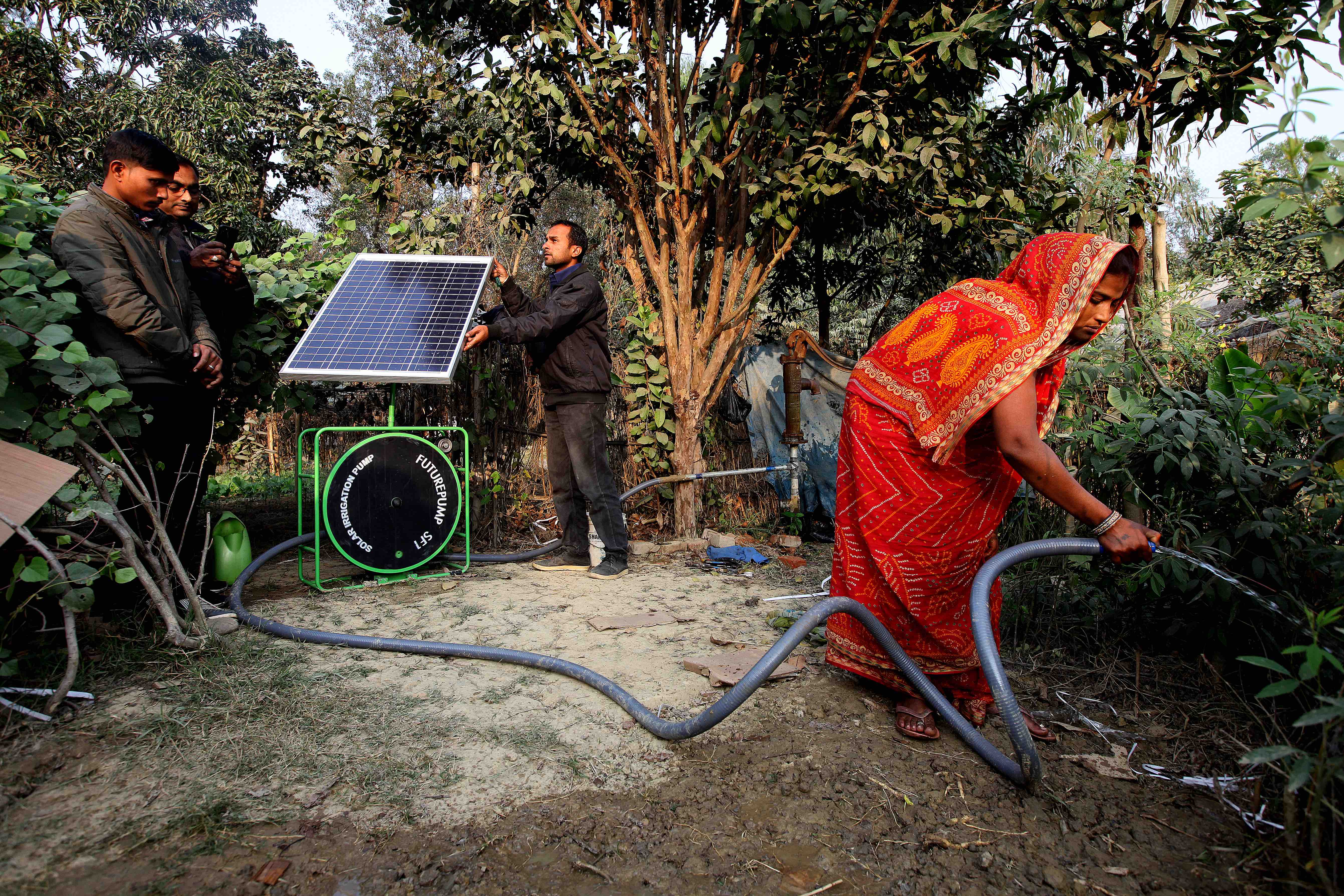
Cambodia developed solar energy and reduced electricity costs by two-thirds while jumpstarting a transformation away from longstanding dependence on coal and hydroelectric power.
As a global first, Chile is putting a monetary value on greenhouse gas emissions avoided by decarbonization. If a company closes a coal plant, for instance, it would earn financial benefits for developing renewable energy. A first disbursement of $125 million promises to cut 1.2 million tons of carbon dioxide and help Chile reach ambitious climate goals.
Four small island developing States are using climate finance to fight for survival, through critical steps such as building sea walls and renewable energy installments, conserving forests, securing water supplies and minimizing waste.

Egypt is protecting its Nile Delta, home to a quarter of its population and half its economic activity in agriculture, industry and fisheries, from sea-level rise, extreme weather and other climate fallout.
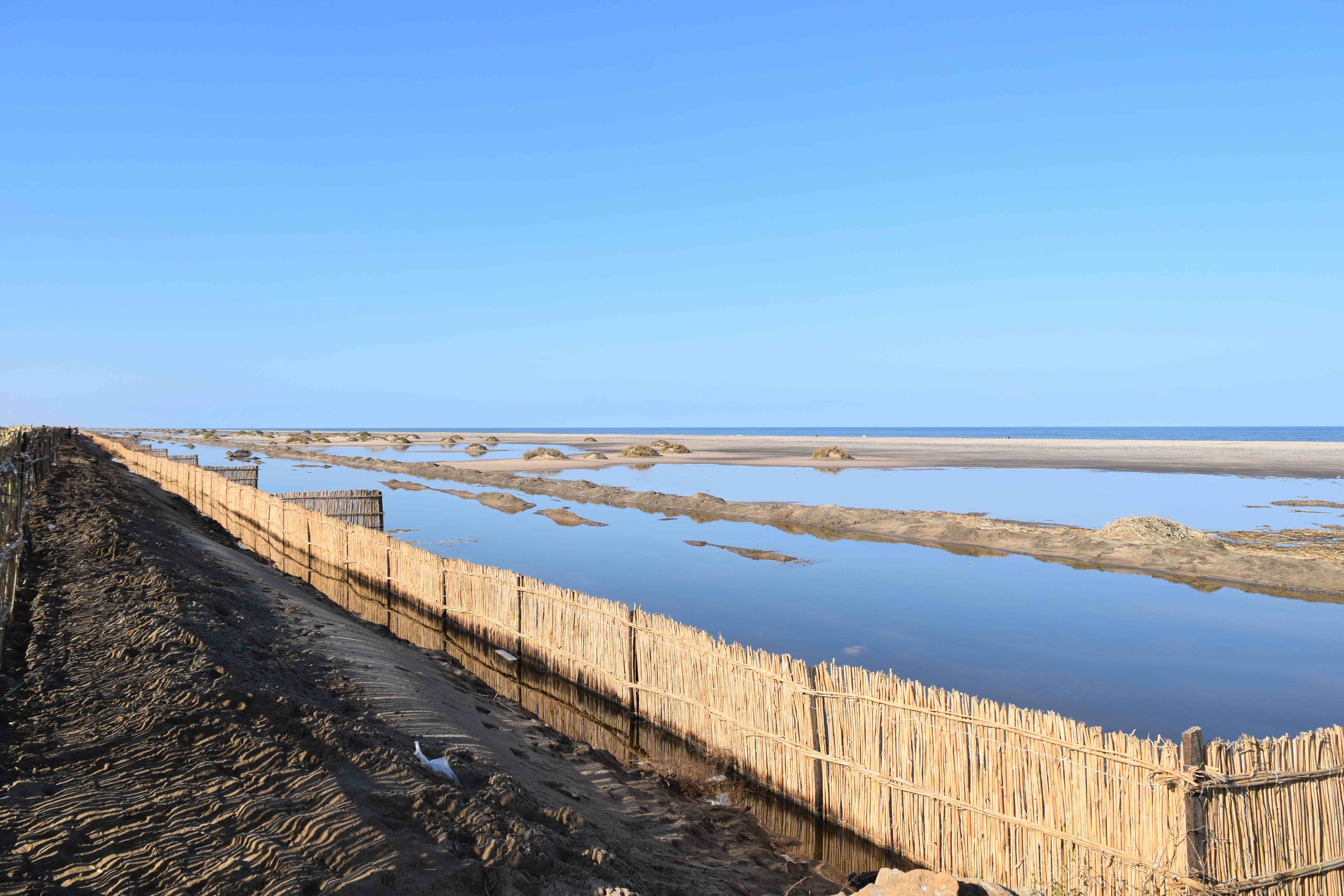
Climate impacts from droughts, floods and locust swarms have reached crisis proportions in already desperately poor areas of Somaliland, yet with climate finance, dams and water points have improved food security and hygiene, and sustained livelihoods.
In Zambia, where drought blisters rural areas and crops no longer grow as they used to, climate finance is backing goat-rearing as a whole new sector of the agricultural economy, benefiting mostly women in adapting their livelihoods.
Wondering about the future of jobs and the just transition? Read the story of Ruslan Mametov, an electrician who left a long career in fossil fuels to work at Kazakhstan’s first and largest solar power facility, developed with an injection of international finance.
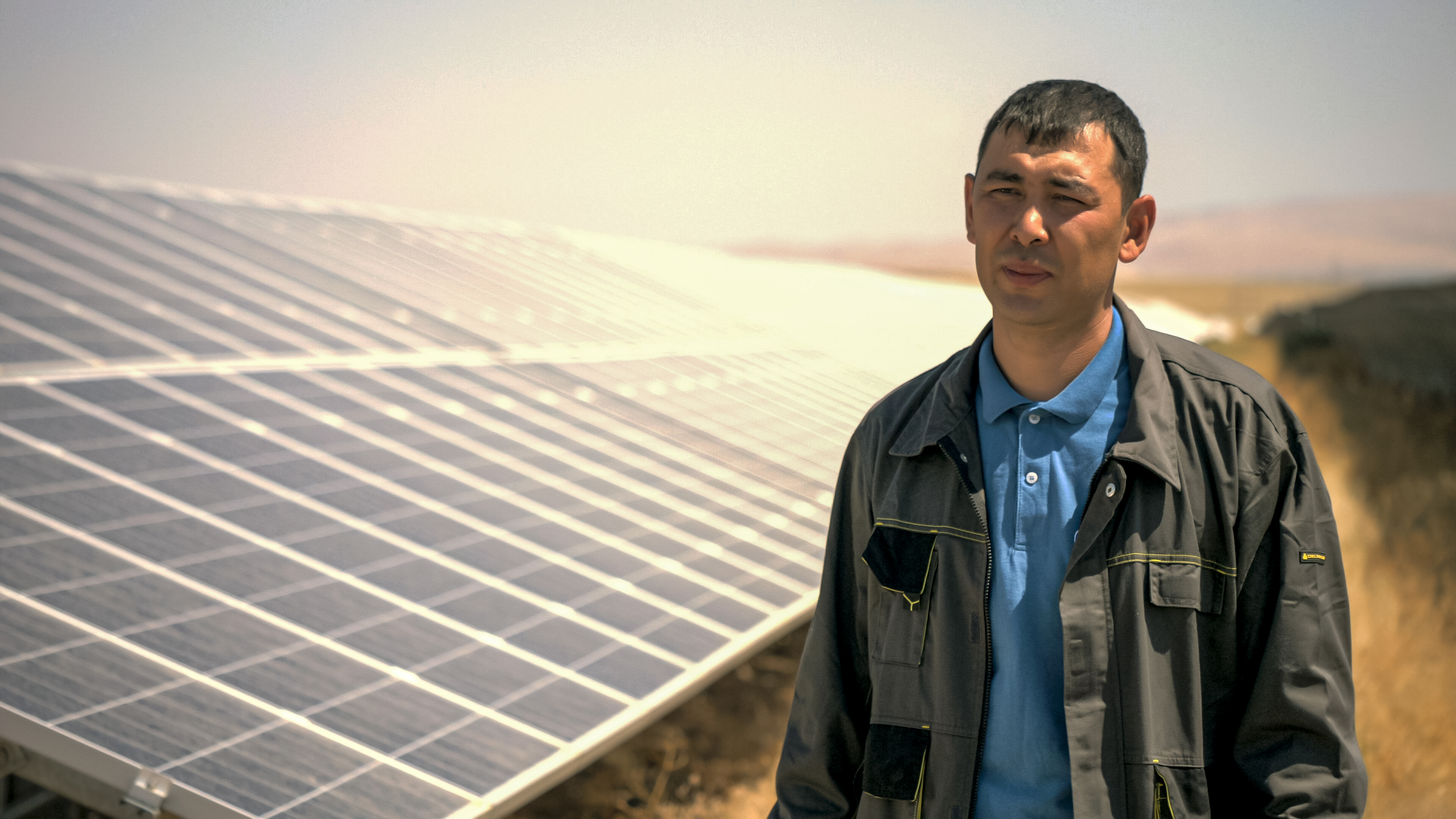
Globally, finance for the Climate Promise supports 118 countries to plan more ambitious actions on climate under the Nationally Determined Contributions stipulated by the Paris Agreement.
For more about private finance, see what’s happening in the insurance industry and among financial firms. A comprehensive overview of mobilizing private sector finance to accelerate the transition to low-carbon economies is at UNEP FI.
Explore the issues
An independent expert report published by the United Nations recently tracked where the money has to come from to meet climate goals. Read a summary or the full report.
For a brief background on how finance has evolved in international climate talks, see the UNFCCC overview. A UN explainer sums up challenges and opportunities.
Want some quick numbers? See our Climate Action Fast Facts on the economy and finance.
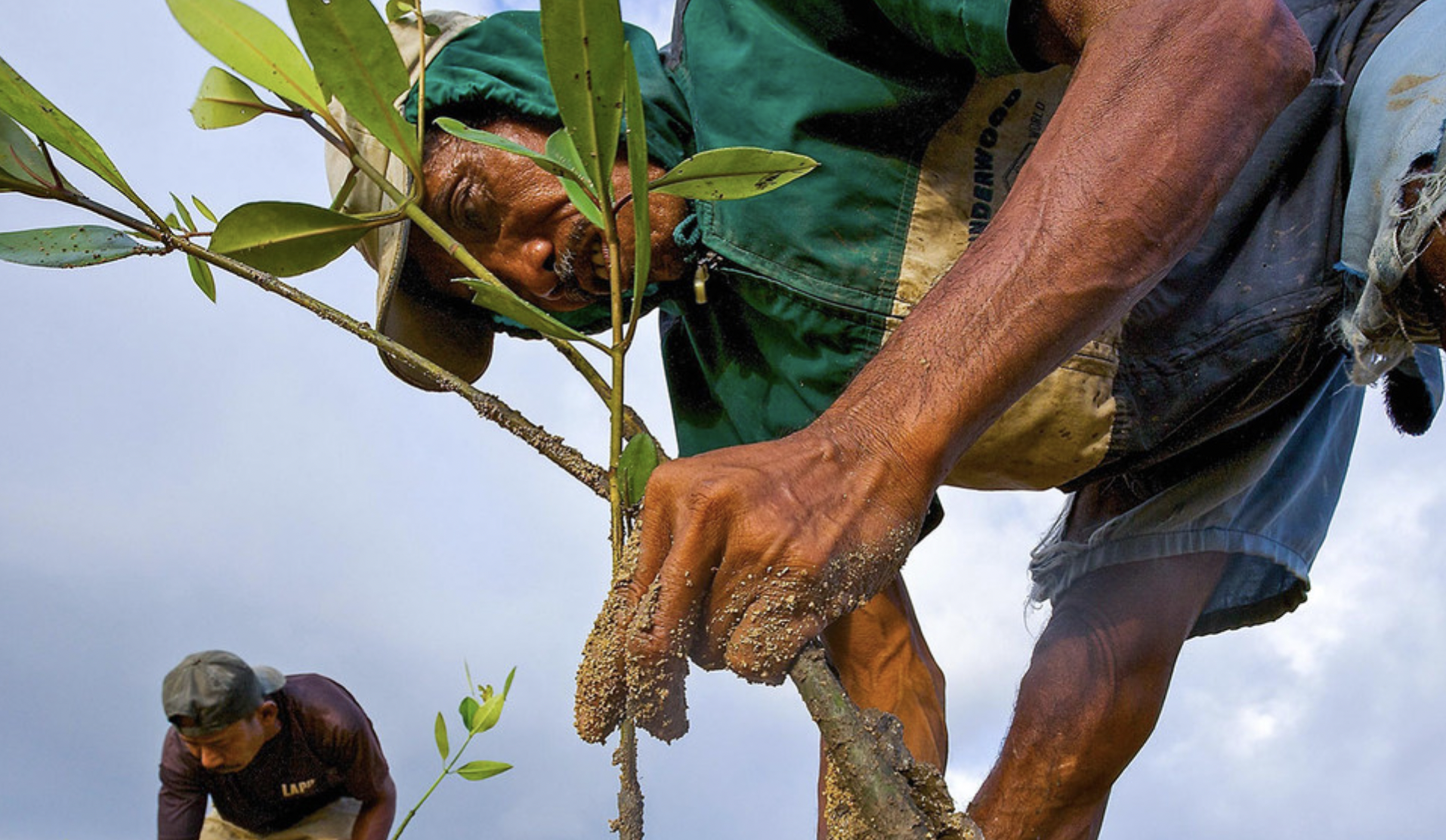
Wonk out on some new ideas
Read interviews with Mark Carney, UN Special Envoy on Climate Action and Finance, and Mafalda Duarte, CEO of the Climate Investment Funds, and for the blue economy, Peter Thomson, UN Special Envoy for the Ocean.
Ponder perspectives on finance and debt from a member of the Secretary-General’s Youth Advisory Group.
Delve into a new report on how to unblock obstacles in financing the often lengthy and complex transition to clean renewable energy.
See how climate finance adds up by tracking the social and economic impacts.
Take a quick look at novel approaches like Islamic green finance. And check the Global Innovation Lab for Climate Finance.
